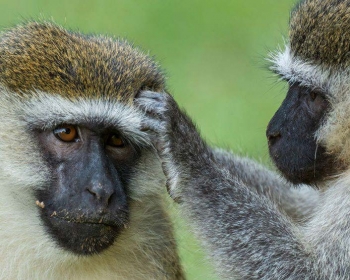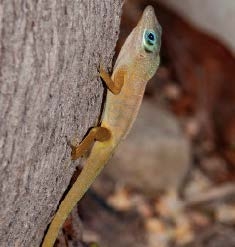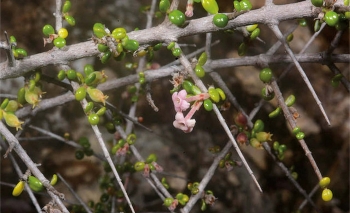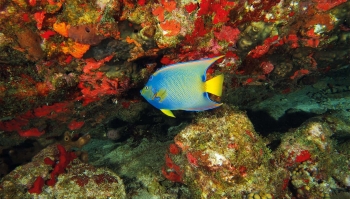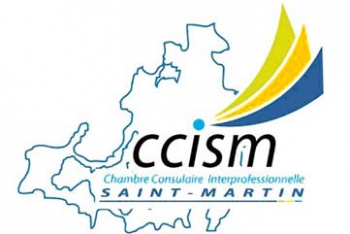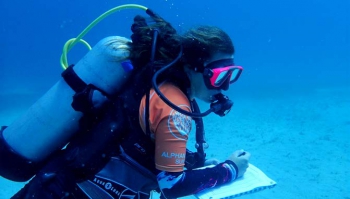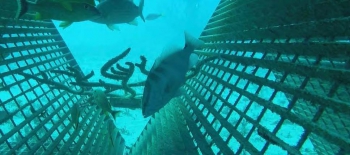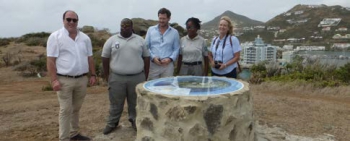Action IP5 : Management actions for invasive alien species
Action PA6 : Implement management actions on invasive alien species or their impacts
Between January and November 2023, the Sint Maarten Nature Foundation initiated the first actions to control the population of green monkeys in Sint Maarten, a pressing ecological issue. By installing 14 traps, 108 of these primates were captured and, following a strict protocol, euthanized by qualified veterinarians. This operation responds to the observation of the uncontrolled increase in the population of these animals, which disrupts the daily life of the inhabitants, threatens crops, and the endemic biodiversity of the island. It is part of the decision of the government of Sint Maarten to mitigate the presence of these animals, with the goal of euthanizing 450 individuals by 2025. The actions were concentrated on private lands, with the full agreement of the concerned owners. The possibility of evolving the regulations concerning this invasive species had been discussed in the prefecture on the French side of the island, following a similar approach. A second meeting was held on August 28, 2023, at the prefecture again, to more broadly address the problem of invasive alien species. The meeting aimed to consolidate a harmonized strategy at the scale of the island. The discussions brought together veterinary officials, state services – health services, DEAL, prefecture – Igor Rembotte, head of the project of the Delegation for the Living Environment at the Collectivity; Verde, manager of the ecosite, as well as Eusebio Richardson, agent of the Sint Maarten Nature Foundation, operator of the regulation in the Dutch part. This consultation led to field visits to Guana Bay and Cole Bay, aimed at assessing the logistical and health challenges. The ambition? To perfect operations, secure the interveners and the community, while considering studies to measure the impact of these regulations on the economy, ecosystem, and public health of Saint Martin. The project is still undergoing financial evaluation. The goal is to refine the technical specifications, determine the total cost of intervention, from capture to the disposal of the carcasses, in order to identify the optimal solution and seek the necessary funding. Nevertheless, the project has elicited mixed reactions and alternatives are still under consideration.


